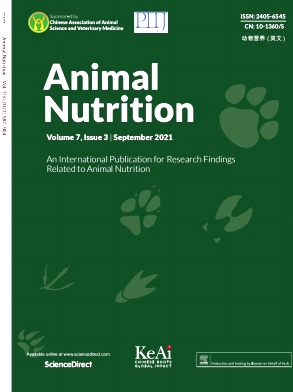The microbiota of the gastrointestinal tract influences gut health, which in turn strongly impacts the general health and productivity of laying hens. It is essential to characterise the composition and temporal development of the gut microbiota in healthy layers raised under different management systems, to understand the variations in typical healthy microbiota structure, so that deviations from this might be recognised and correlated with production and health issues when they arise. The present investigation aimed to study the temporal development and phylogenetic composition of the gut microbiota of four commercially raised layer flocks from hatch to end of the production cycle. Non-intrusive faecal sampling was undertaken as a proxy to represent the gut microbiota. Sequencing of 16S rRNA gene amplicons was used to characterise the microbiota. Beta diversity analysis indicated that each faecal microbiota was different across the four flocks and had subtly different temporal development patterns. Despite these inter-flock differences, common patterns of microbiota development were identified. Firmicutes and Proteobacteria were dominant at an early age in all flocks. The microbiota developed gradually during the rearing phase; richness and diversity increased after 42 d of age and then underwent significant changes in composition after the shift to the production farms, with Bacteroidota becoming more dominant in older birds. By developing a more profound knowledge of normal microbiota development in layers, opportunities to harness the microbiota to aid in the management of layer gut health and productivity may be more clearly seen and realised.


